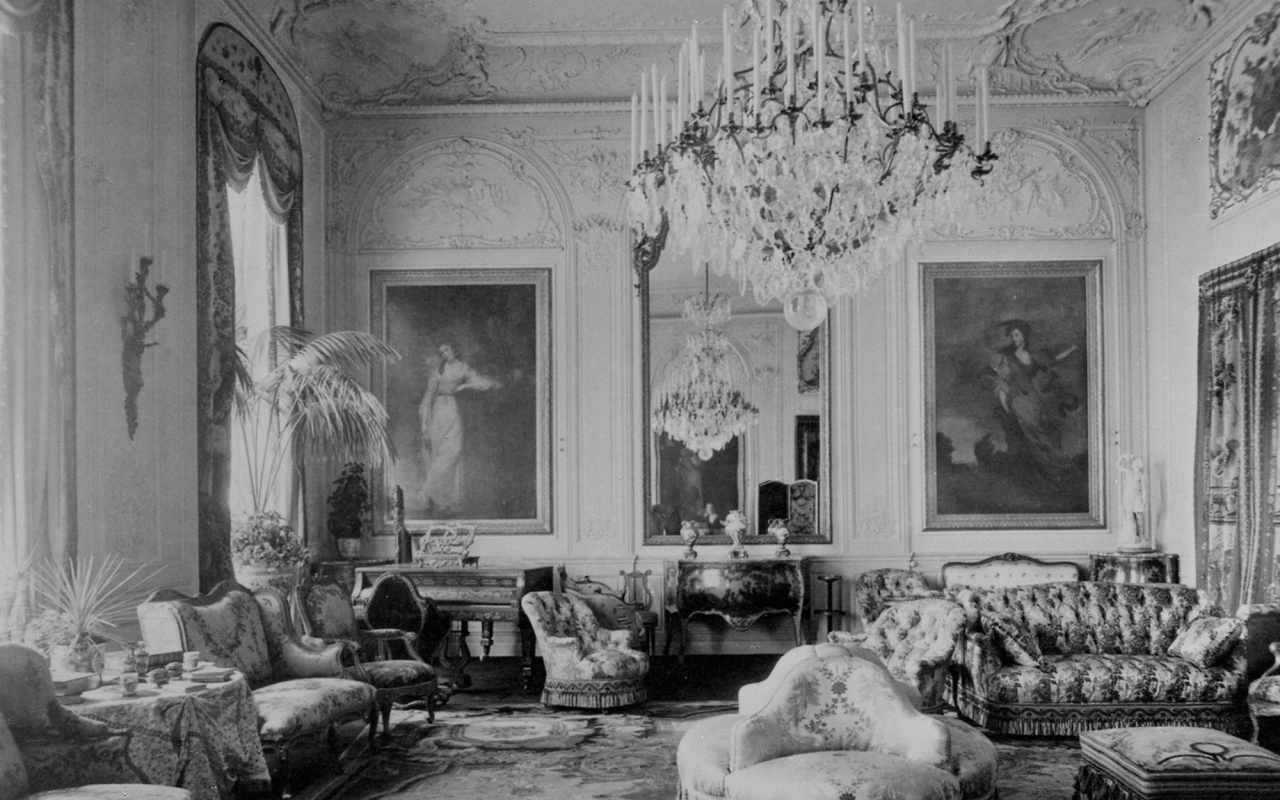
An invitation to the… Grey Drawing Room
Come and explore some of the surprising treasures to be found in the Grey Drawing Room, and the stories behind them…
The Grey Drawing Room was the principal withdrawing room in Ferdinand de Rothschild’s day, where guests came to relax, play cards and music and chat after meals.
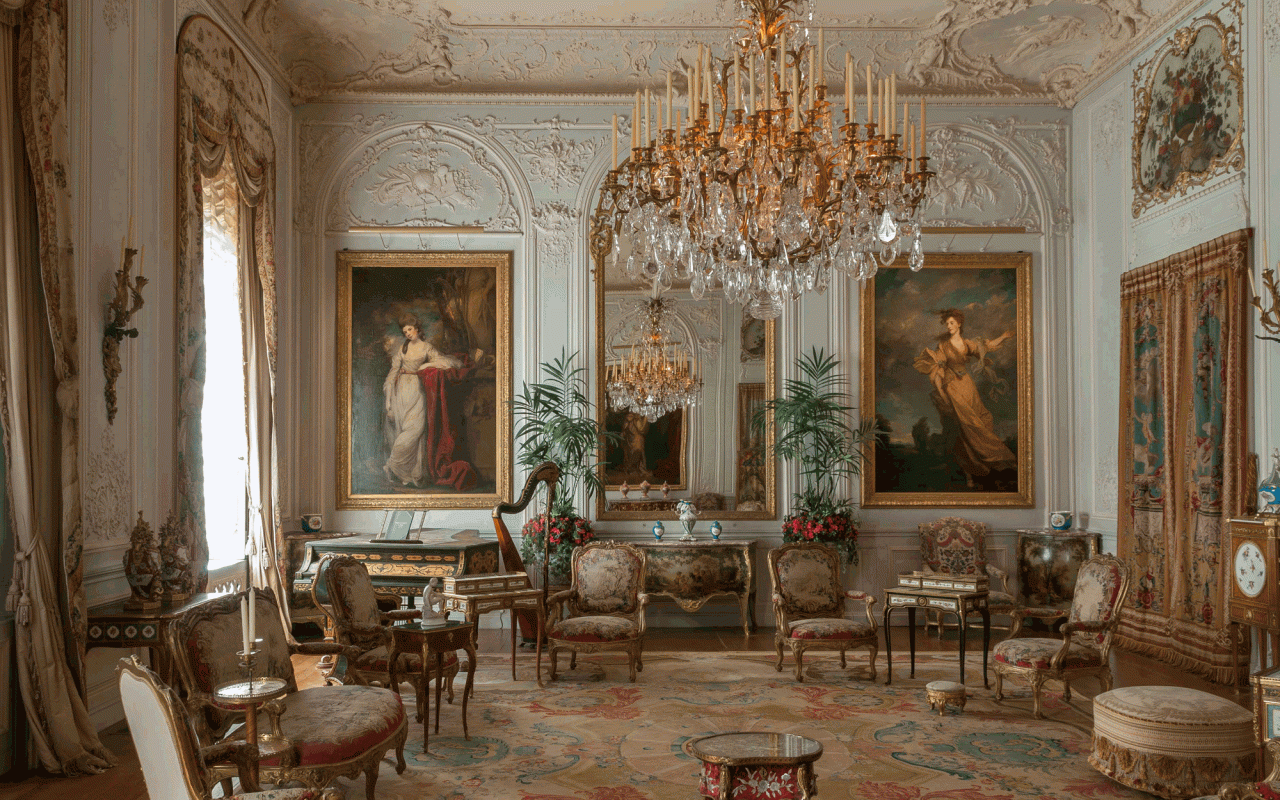
The room looks as if it has been here forever, but in fact the 18th-century panelling comes from a different house in another country – now the Musée Rodin in Paris. Most of the panels had to be ‘lengthened’ (additional sections were inserted), as the Grey Drawing Room is considerably loftier than the salon for which they were made. The original house was built for an immensely wealthy Parisian financier, but had become a convent by the 19th-century. The nuns sold the panelling to raise money for an extension.
Ferdinand greatly admired Sir Joshua Reynolds, and created a gallery of ‘beauties’ by the artist, several of which are on display in the Grey Drawing Room. These include an 18th-century celebrity, the actress Mrs Abington, and the Duchess of Cumberland who scandalously eloped with one of the brothers of George III.
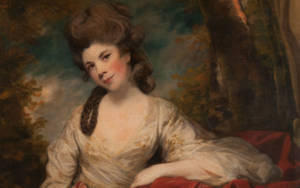
Portraits of women in the 18th century were most often commissioned by men – fathers, husbands, brothers or lovers – so Reynolds’s painting of Mrs Abington is unusual in that it was almost certainly commissioned by the sitter herself. Like today’s celebrities, she cared about her image. Analysis of the paint has revealed that she sent it back to the studio a few years after it was painted in the 1770s so that her hairstyle and dress could be updated to reflect the latest fashions.
In 1771, a young 25 year old widow, Anne Luttrell, caused uproar when she eloped with the Duke of Cumberland, the younger brother of George III. Their union enraged the King, and prompted the Royal Marriage Act of 1772.
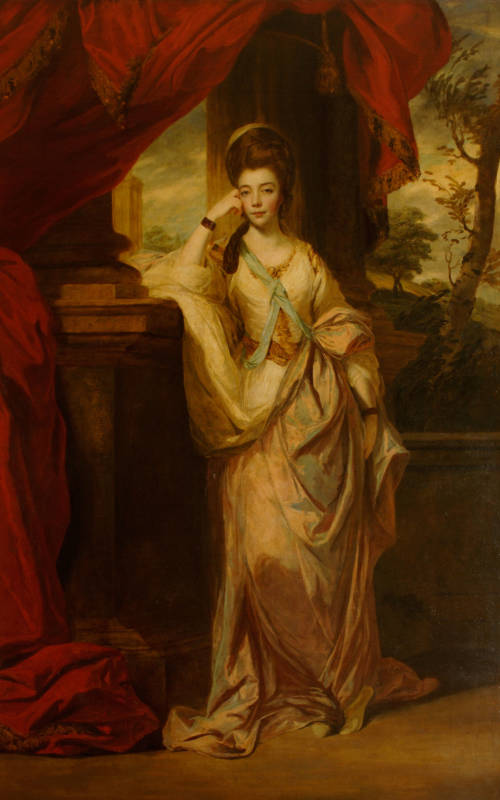
Several important pieces of Sèvres porcelain, another of Ferdinand’s passions, can also be found in this room, including his first major purchase, a rococo pot-pourri vase in the shape of a ship, made in 1757. It was so expensive that the 21-year-old Ferdinand kept the purchase a secret from his family, and had to pay for it in installments over 2 years. These elaborate vases were very difficult to make, and so were highly prized. Only twelve are known to have been made between 1757 and 1764, of which 10 survive today (three of which are at Waddesdon!).
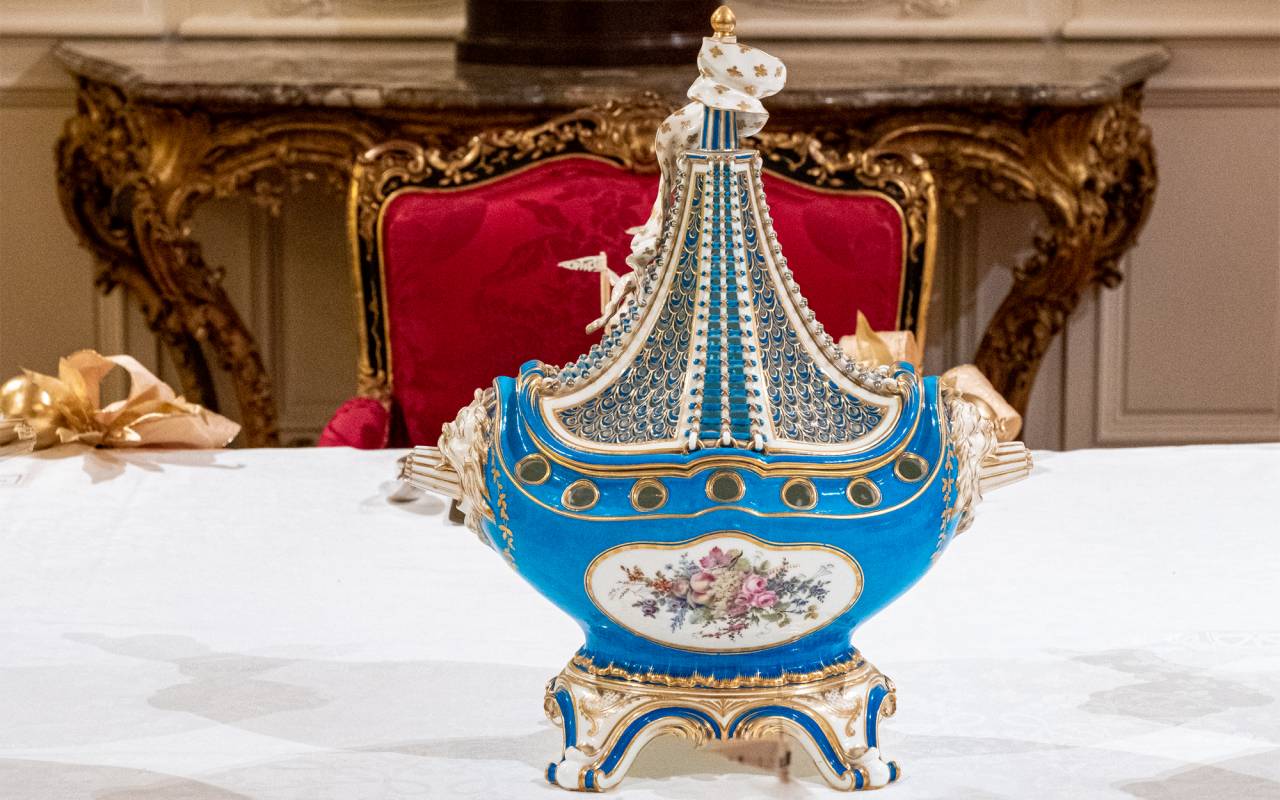
When James and Dorothy de Rothschild inherited Waddesdon in 1922, they made various changes to the room. In 1934, James’ father, Baron Edmond, died and a third of his collection arrived at Waddesdon, and had to be incorporated into the house. The chandelier in this room was one of the new arrivals from Paris – displacing Ferdinand’s, which was moved to the Breakfast Room.
